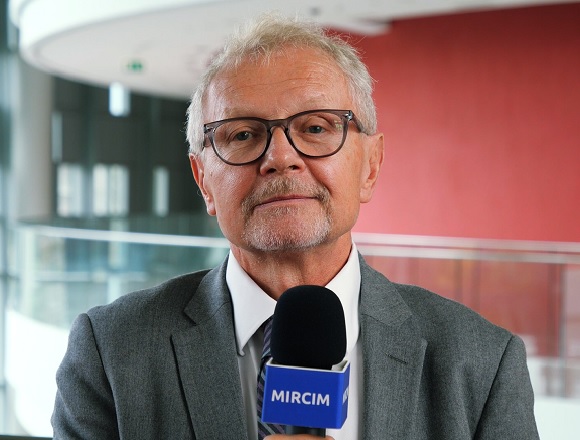Wieslaw Oczkowski, MD, is a professor emeritus in the Department of Medicine at McMaster University and director of the Regional Stroke Network for the Central South Ontario Region.
When using antiseizure treatment, why do we continue to rely on seizure morphology rather than use biologic, metabolic, or genetic markers in an attempt to individualize therapy (possibly with the exception of vigabatrin in infantile spasms associated with tuberous sclerosis)?
There are some epilepsy syndromes that respond to specific treatments and are genetic.
In my world, in the adult world, most epilepsy is not syndromic and genetic, it’s going to be a lot of it. I believe in the future, as the population ages and we survive other problems, we’ll have focal-onset epilepsy as the predominant type of epilepsy. The treatments for those are going to have to be very specific and including other things beyond medications.
At the moment, our best line of treatment is the appropriate anticonvulsant. We use the semiology, or the way the seizure presents, as an important way to start the treatment. The reason we do that is, for example, in focal-onset epilepsy, treatment trials have shown that one medication is better than another, while in other trials in people with generalized epilepsy it has been shown that one other medication is better than another. So again, we go back to [the statement that] it’ll be important for us to do further randomized trials on different types of epilepsy and the entire semiology and etiology of the epilepsy will still be an important component before treatment.
 English
English
 Español
Español
 українська
українська


